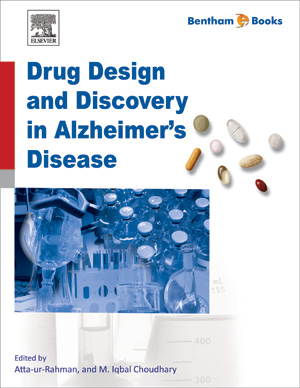Abstract
Neprilysin (NEP) is one of the enzymes in the zinc-metalloendopeptidase family that displays a broad specificity in degrading small bioactive peptides. Crystal structures of seven NEP-inhibitor complexes as well as biochemical characterization of NEP activity have highlighted amino acid interactions that are crucial to the binding of various ligands. Studies also indicate that NEP is one of a select group of metalloenzymes that degrade the amyloid beta peptide (Aβ) in vivo and in situ. The accumulation of neurotoxic Aβ aggregates in the brain appears to be a causative agent in the pathophysiology of Alzheimer’s Disease (AD). For this reason the enzymatic degradation of Aβ has been studied extensively, but little is currently known about the specific interactions underlying NEP degradation of Aβ. Research that pertains to these interactions may lead to critical insights for utilizing NEP inhibition of Aβ accumulation as a safe, beneficial AD therapy.






















